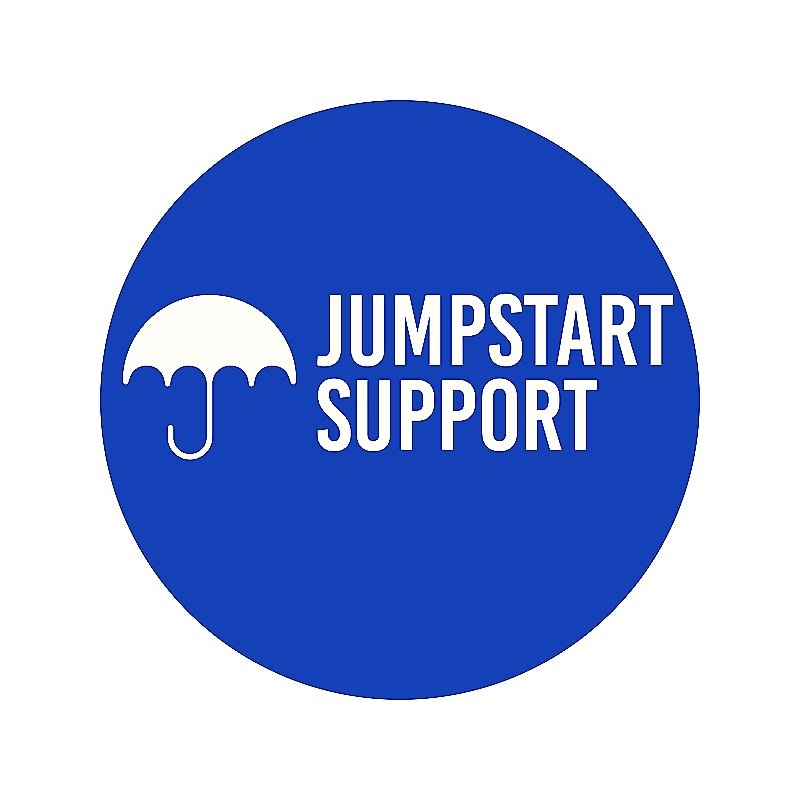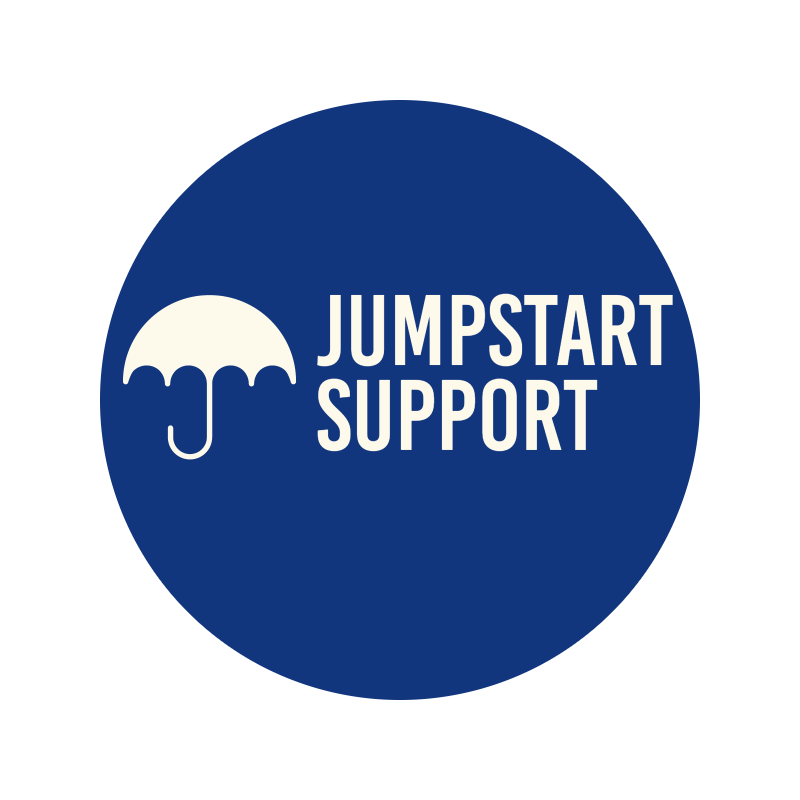Collaborating for Change: Partnerships to Advance Neurodiversity in Recruitment
The modern workplace is on the cusp of a revolution – the neurodiversity revolution. As companies acknowledge the immense potential of a neurodiverse workforce, a new conversation has emerged, one that challenges traditional recruitment norms and celebrates the unique strengths of every individual. However, achieving meaningful change in this area often requires collaborative efforts between various stakeholders, from employers and recruitment agencies to advocacy groups and the candidates themselves.
In this blog post, we will explore the pivotal role of collaborative partnerships in promoting neurodiversity in recruitment. We'll illustrate the business case for neurodiversity, identify challenges, and offer concrete solutions for fostering a more inclusive hiring landscape. Together, we can create an environment where diverse talent is not just welcomed, but actively sought out and nurtured.
The Business Case for Neurodiversity
Innovation, Creativity, and Problem-Solving
Research consistently demonstrates that neurodiverse teams outperform homogenous groups in several critical areas, including innovation and problem-solving. Diverse perspectives lead to more creative solutions and a broader scope of ideas, propelling businesses forward in an ever-competitive market.
Productivity and Employee Engagement
Neurodiverse employees often exhibit a high level of focus and dedication, leading to increased productivity and engagement. When given the right support and environment, these individuals can thrive and contribute significantly to their teams and organisations.
Inclusive Corporate Culture
A commitment to neurodiversity sends a powerful message about an organisation's values. By creating an inclusive workspace, companies actively contribute to a corporate culture that attracts and retains top talent seeking a supportive and diverse work environment.
Challenges in Neurodiversity Recruitment
Misconceptions and Stigmas
One of the most significant barriers to neurodiverse hiring is the persistence of misconceptions and stigmas around certain neurodiverse conditions. Overcoming these biases is essential for creating equitable opportunities for all candidates.
Compliance with Standardised Selection Processes
Many recruitment processes are designed around standardised assessments that may not be suitable for individuals with neurodiverse characteristics. Adapting these procedures to be more inclusive can be a complex and challenging task for many organisations.
Inaccessible Hiring Channels
In an increasingly digital world, the inaccessibility of online hiring channels presents an additional hurdle for neurodiverse candidates, particularly those with sensory sensitivities or social communication differences that impact their ability to interact with digital recruitment platforms.
Collaborative Solutions
Creating Inclusive Job Descriptions
By using language that focuses on skills and competencies rather than specific qualifications, companies can attract a more diverse pool of applicants. Collaboration between HR professionals, recruitment agencies, and neurodiversity advocates is key to crafting job descriptions that resonate with a wide range of candidates.
Leveraging Alternative Selection Methods
Employers and recruiters must work together to identify alternative selection methods that allow neurodiverse individuals to showcase their skills. This could involve performance-based assessments, work samples, or tailored interview processes that focus on strengths rather than weaknesses.
Establishing Support Networks and Mentorship
Building support networks within and outside the organisation can facilitate the transition and success of neurodiverse employees. These networks might include peer-to-peer support, mentorship programs, and ongoing training for managers and colleagues to foster an inclusive environment.
Implementing Change
Partnering with Advocacy Organisations
Businesses can benefit greatly from partnering with advocacy and support organisations that specialise in neurodiversity. These partnerships can provide access to expert advice, training, and mentorship programs for candidates and staff members alike.
Engaging in Continuous Education and Awareness
Creating a neurodiverse-friendly workplace requires ongoing education and awareness efforts. Companies can collaborate with various stakeholders to develop and deliver training that demystifies neurodiverse conditions and promotes inclusive practices.
Evaluating and Adjusting Recruitment Practices
Regularly evaluating recruitment practices, with input from neurodiverse candidates and professionals, is crucial to ensuring a fair and effective hiring process. Adjustments should be made as necessary to remove barriers and create more inclusive pathways to employment.
Conclusion
Creating a more neurodiverse workforce is not just a corporate social responsibility; it's a strategic imperative for any business looking to succeed in the 21st century. The path to inclusion is not always straightforward, and often, it is through collaboration that the most significant strides are made.
As you reflect on the insights shared in this post, consider the role you and your organisation can play in advancing neurodiversity. By building partnerships, advocating for change, and aligning recruitment practices with these values, we can collectively contribute to a more inclusive future. I urge you to take these thoughts and turn them into action – your team, your company, and the diverse individuals who are waiting to bring their unique gifts into the world of work will thank you for it.
Your feedback and experiences are invaluable to this ongoing conversation. I encourage you to share your own stories of collaboration and change in neurodiversity recruitment. Help us inspire others to follow suit, and together, we will continue to pave the way for a more inclusive, innovative, and successful society.

